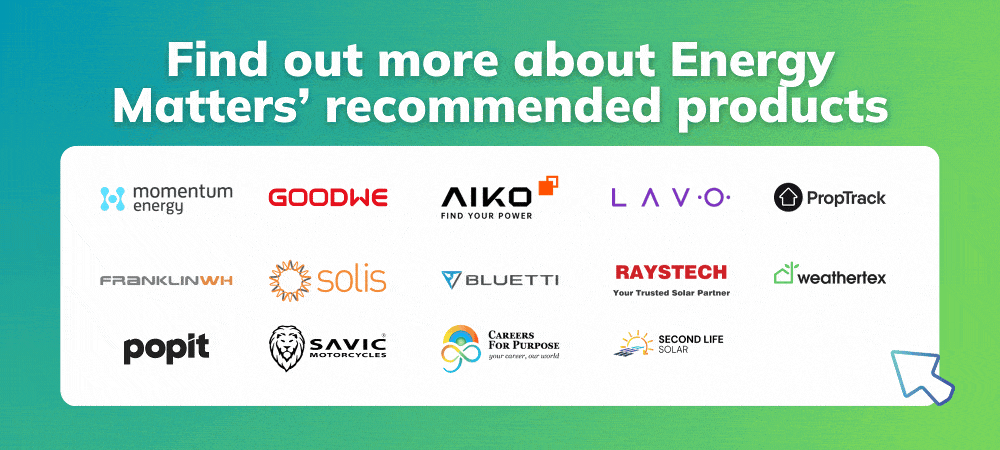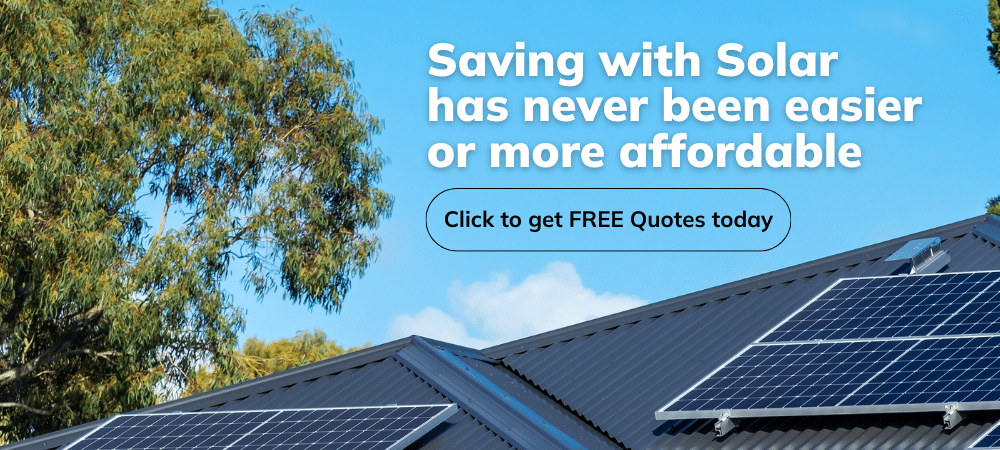Rising energy costs concern many Australian households, and with those costs come the added weight of our environmental impact. Whether it’s the scorching summer heat demanding constant air conditioning or the chilly winter nights calling for the heater to be cranked up, our homes can be energy guzzlers. With the diverse climate here and with a significant portion of our energy still derived from fossil fuels, reducing our consumption is vital for a sustainable future. But saving energy doesn’t have to mean living in the dark or shivering through winter.
Here, we will explore simple yet effective strategies you can implement immediately to conserve energy at home and lower your bills.
Focus area 1: Lighting
How often do you leave lights on in rooms you’re not using? Lighting might seem a small contributor to your overall energy bill, but it can significantly increase, especially with older, less efficient bulbs. The good news is that this is one of the easiest areas in which to make a real difference.
Traditional incandescent light bulbs are incredibly inefficient. They generate light by heating a filament, which wastes a huge amount of energy as heat. In fact, only about 10% of the electricity they use is converted into light, while the rest is lost as heat. This means that for every dollar you spend on lighting with incandescent bulbs, you’re essentially throwing away 90 cents.
Switching to LEDs is one of the most impactful changes you can make. LEDs use up to 80% less energy than incandescent bulbs and last significantly longer, often 25 times as long. While the upfront cost of LEDs might be slightly higher, the long-term savings on your energy bills and replacement costs are substantial.
When choosing LEDs, consider the colour temperature. Warm white LEDs create a cosy, yellowish light similar to traditional bulbs, while cool white LEDs produce a brighter, more energising light. Choose the colour temperature that best suits the room’s purpose. Also, look for the lumen rating, which indicates the brightness of the bulb, rather than wattage, which measures energy consumption.
You can also maximise sunlight in your home. Simple steps like keeping your windows clean, trimming trees or bushes that might be blocking sunlight, and using light-coloured paint on walls and ceilings can make a big difference. Consider strategically placing mirrors to reflect and amplify natural light.
Smart lighting solutions provide even greater control over your energy usage. Timers can automatically turn lights on and off according to a schedule, ensuring they’re not left on unnecessarily. Motion sensors can detect when someone enters a room turn the lights on, and then turn them off when the room is empty. Smart bulbs can be controlled remotely via your smartphone. These technologies can benefit areas like hallways, garages, and outdoor lighting.
Focus area 2: Heating and cooling
Heating and cooling systems, particularly older models, can be major energy consumers. Inefficient insulation, leaky windows, and poorly maintained appliances can all contribute to energy waste as your heating or cooling system works harder to maintain the desired temperature. This drives your energy bills and increases your carbon footprint.
There are many ways you can do. One is insulation—ceiling, wall, and floor insulation helps keep the heat out in summer and the warmth in during winter. This reduces the workload on your heating and cooling systems, saving you energy and money. Check with your local government or energy provider for information on insulation rebates or programs to help you upgrade your home’s insulation.
You can also take advantage of smart thermostat strategies as they precisely control your home’s temperature. You can set schedules to automatically adjust the temperature based on your needs, such as turning the heating down when you’re at work or asleep. Some smart thermostats even learn your preferences and adjust the temperature accordingly. This eliminates the need to heat or cool your home when it’s empty, saving you energy and money.
In line with this, efficiently using your heating and cooling appliances is vital. Set your thermostat to a comfortable but reasonable temperature. Avoid setting it too high in summer or too low in winter, as this will only increase your energy consumption. Regularly clean or replace filters to ensure optimal airflow and efficiency. Consider using fans to circulate air, which can help you feel cooler in summer without relying solely on air conditioning.
Finally, passive heating and cooling strategies use the natural environment to regulate your home’s temperature. Proper ventilation and cross-breeze can help cool your home in summer. Open windows and doors during cooler periods and close them during the hottest day. Use blinds, curtains, or awnings to block out the sun’s heat. Planting trees around your home can also provide shade and help regulate the temperature.
Focus area 3: Appliances and electronics
Our homes are filled with appliances and electronics that consume energy. While they make our lives easier, they can also contribute to our energy bills. We can significantly reduce our energy consumption by making conscious choices about our appliances and how we use them.
Many appliances and electronics consume energy even when not in use. This “phantom power” also known as standby power, can account for a surprising portion of your energy bill. Older appliances tend to be less energy-efficient than newer models, and even seemingly small devices like phone chargers and TVs can contribute to energy waste.
When it’s time to replace an old appliance, choose models with a high energy star rating. The Energy Rating Label provides a clear way to compare the energy efficiency of different appliances. The more stars an appliance has, the more energy-efficient it is. Consider the long-term cost savings of an energy-efficient appliance, even if the initial purchase price is slightly higher.
Another way is to unplug appliances and electronics when not in use. This eliminates phantom power consumption and can save significant energy over time. Get into the habit of unplugging chargers, TVs, and other devices when not in use. Consider using power strips that let you easily turn off multiple devices simultaneously.
You should also use them efficiently. For example, run your washing machine and dishwasher only when you have a full load. Use eco-friendly settings when available and clean your refrigerator coils regularly to ensure efficient operation. These small changes can make a huge difference in your energy consumption.
Focus area 4: Water heating
Another significant energy consumer at home is water heating. In fact, it usually ranks as one of the most significant energy uses after heating and cooling. Traditional water heaters, especially older models, can be quite inefficient. They often store large volumes of hot water, leading to heat loss even when you’re not using it. Leaky faucets and long showers also contribute to excessive hot water usage and wasted energy.
Consider upgrading to a more energy-efficient model. Heat pump water heaters are a highly efficient option, as they extract heat from the surrounding air to heat the water. Solar hot water systems are another excellent choice, especially in sunny areas. These systems use solar panels to collect energy from the sun, which is then used to heat the water.
You can also insulate your hot water pipes to help reduce heat loss and improve the efficiency of your water heating system. Pipe insulation is relatively inexpensive and easy to install, and it can help keep the water hotter for longer, reducing the energy needed to reheat it.
Quick wins
- Switch off lights when you leave a room: This might seem obvious, but it’s a habit that’s easy to forget. Make a conscious effort to turn off lights, even briefly, whenever you leave a room.
- Close blinds and curtains during the hottest part of the day: This can help to keep your home cooler and reduce the need for air conditioning.
- Unplug chargers and other devices when not in use: Phantom power can be a significant energy drain. Unplugging devices when you’re not using them can save you energy and money.
- Wash clothes in cold water: Most clothes don’t need to be washed in hot water. Cold water washing is gentler on your clothes and saves energy.
- Air-dry your clothes whenever possible: Using a clothes dryer consumes a lot of energy. Air-drying your clothes is a more energy-efficient option, especially during warmer months.
DIY vs. Professional help: Knowing when to call the experts
Some energy-saving projects can be easily tackled, such as changing light bulbs, cleaning filters, and installing pipe insulation. However, it’s best to call a qualified professional for more complex projects like installing insulation, upgrading your heating and cooling system, or installing solar panels. They can ensure the work is done correctly and efficiently, maximising energy savings and avoiding potential problems.
Energy-saving calculators: Tracking your progress
Online energy-saving calculators can help you estimate your energy consumption and potential savings from different energy-saving measures. These tools can be helpful in tracking your progress and identifying areas where you can make further improvements.
Saving energy at home isn’t just about lowering your bills; it’s about positively impacting the environment. By implementing the simple yet effective strategies outlined in this blog post, you can significantly reduce your energy consumption and contribute to a more sustainable future for Australia. Every little bit counts, from switching to energy-efficient lighting and improving insulation to using appliances wisely and reducing hot water usage.











































